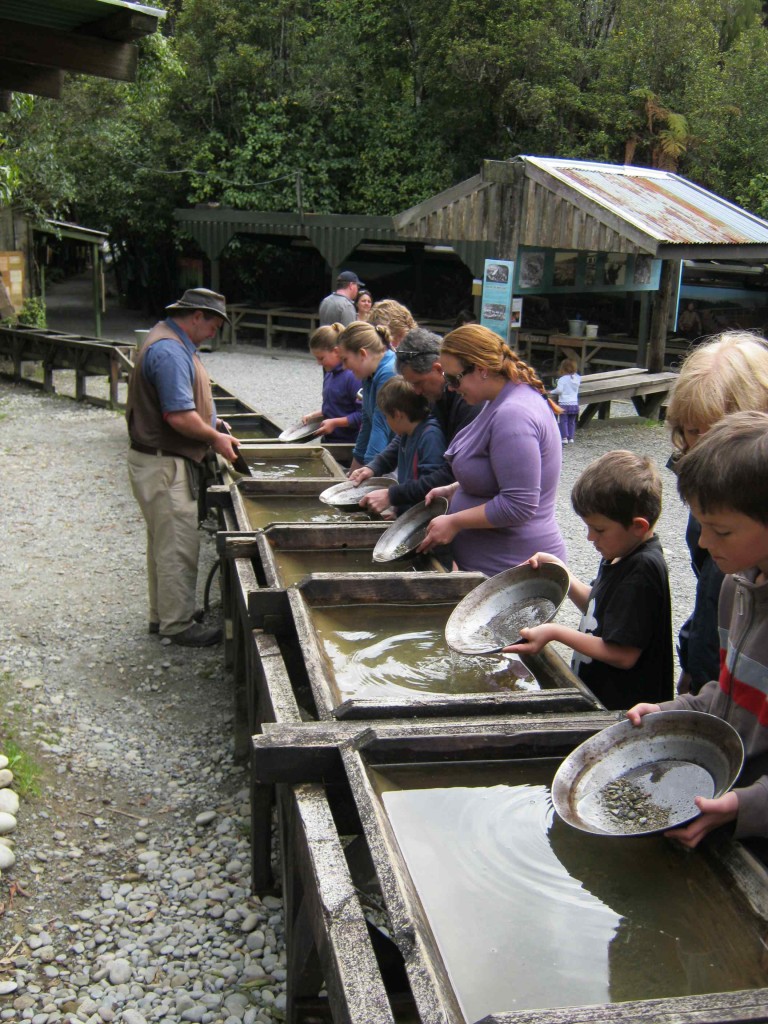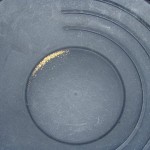Panning for gold is an activity that has captured the imagination of many people over the years. From the California Gold Rush of the mid-1800s to modern-day enthusiasts, the thrill of discovering precious gold nuggets in streams and rivers has driven people to spend countless hours searching for the elusive metal.
The process of panning for gold involves using a shallow pan made of metal or plastic to sift through sediment in rivers and streams. The pan is filled with water and swirled around, allowing the water to wash away the lighter sediment while leaving behind the heavier gold particles. With practice and patience, skilled panners can separate the gold from the sediment and extract it from the pan.

One of the advantages of panning for gold is that it is a low-cost and accessible activity that can be enjoyed by people of all ages. Unlike other forms of mining, such as underground mining or large-scale open-pit mining, panning for gold does not require expensive equipment or extensive training. All that is needed is a pan, some basic tools, and a bit of knowledge about the local geology.
However, there are also some risks and challenges associated with panning for gold. Environmental concerns have been raised about the potential impact of amateur gold mining on local ecosystems. Excessive sedimentation and erosion caused by unregulated mining can harm fish habitats and water quality. Additionally, it is important to respect private property rights and to follow all regulations and laws governing gold panning in your area.
Despite these challenges, panning for gold remains a popular pastime for many people around the world. The thrill of discovering gold in the pan is a feeling that cannot be replicated by any other activity. It is a reminder of the power and beauty of nature, and the potential rewards that can be found by those who are willing to put in the effort to search for them.






 This generally requires a license as stated above. So once you are kitted out with the appropriate paperwork and area you are ready to grab your tools and head out to strike it rich.
This generally requires a license as stated above. So once you are kitted out with the appropriate paperwork and area you are ready to grab your tools and head out to strike it rich.